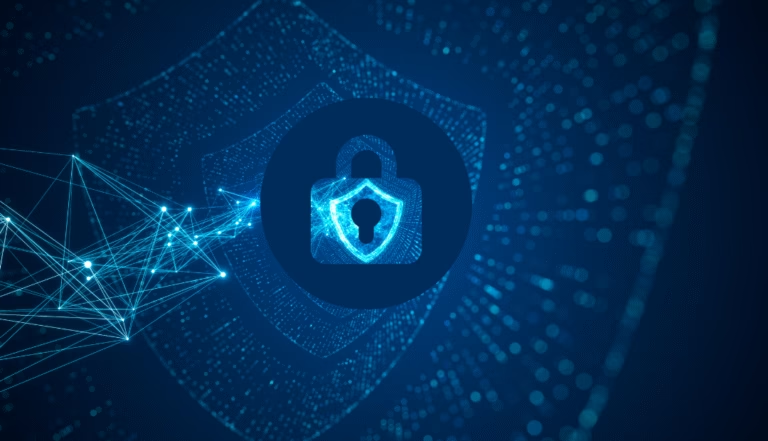Understanding Internet of Things Security

The Internet of Things (IoT) has revolutionized the way we live and work, allowing for greater connectivity and convenience. However, as IoT devices become more prevalent in our daily lives, concerns about security and privacy have become increasingly important.
The future of IoT security will likely involve a combination of proactive measures to prevent cyber attacks and data breaches, as well as reactive strategies to mitigate the impact of any security incidents that do occur

1. Encryption :
Encryption helps protect data as it is transmitted between devices and systems. It ensures that data is secure and cannot be intercepted or tampered with by unauthorized parties.
2. Authentication:
Strong authentication processes, such as passwords, biometric identifiers, or two-factor authentication, help ensure that only authorized users can access IoT devices and systems.

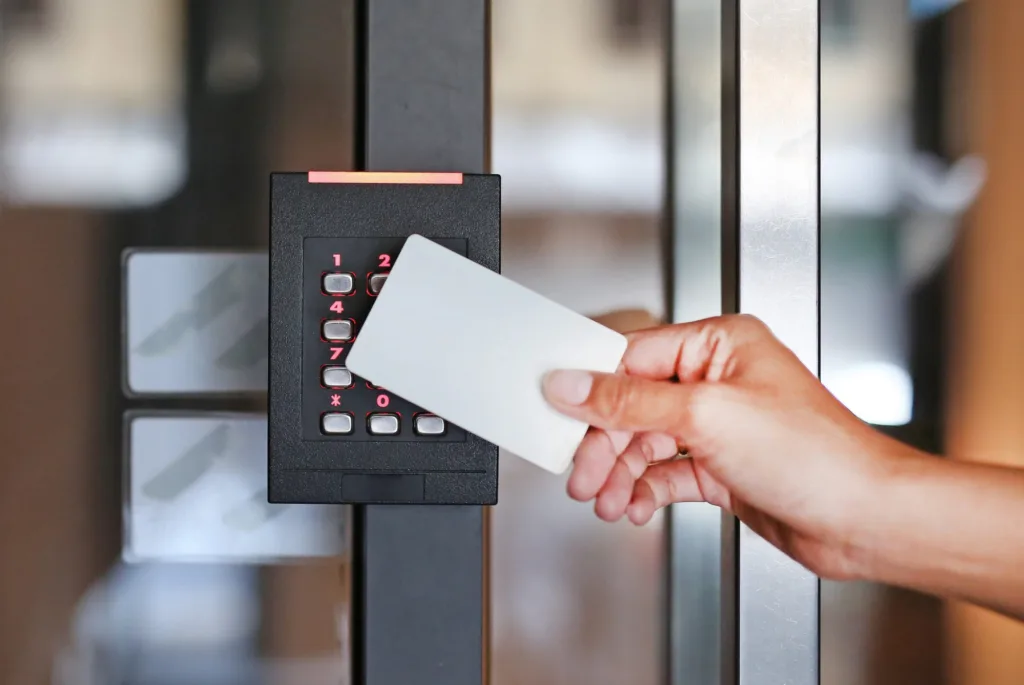
3. Access control:
Limiting access to IoT devices and systems to only authorized users or devices helps prevent unauthorized access and potential attacks.
4. Regular software updates:
Keeping IoT devices and systems updated with the latest security patches and software updates helps protect them from known vulnerabilities.


5. Monitoring and logging:
Monitoring IoT devices and systems for suspicious activity and logging events can help detect and respond to security incidents in a timely manner.
Best Practices for IoT Security
1. Keep all IoT devices updated:
Make sure to regularly update the firmware and software of your IoT devices to patch any security vulnerabilities.


2. Use strong passwords:
Change default passwords on IoT devices and create strong, unique passwords for each device. Avoid using easily guessable passwords.
3. Secure your network:
Use strong encryption protocols like WPA2 for your Wi-Fi network and consider setting up a separate network for your IoT devices.
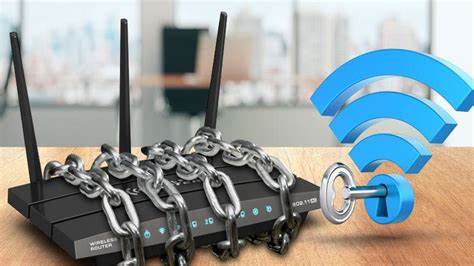

4. Implement network segmentation:
Keep your IoT devices on a separate network segment to limit their access to sensitive data on your main network.
5. Monitor and control access:
Regularly review and revoke access to IoT devices, especially for those no longer in use. Set up user authentication and authorization for all devices.
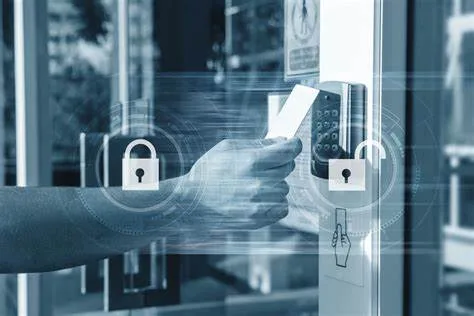

6. Encrypt data in transit and at rest:
Ensure that data transmitted between IoT devices and the cloud is encrypted. Additionally, encrypt any data stored on IoT devices or servers.
7. Monitor for suspicious activity:
Implement monitoring tools to detect any unusual behavior or potential security threats on your IoT devices and network.


8. Use secure authentication methods:
Consider implementing multi-factor authentication for accessing IoT devices or services to add an extra layer of security.
9. Secure data transmission:
Use secure communication protocols like HTTPS or MQTT with TLS to transmit data securely between IoT devices and servers.


10. Regularly assess and test your security measures:
Conduct security audits, penetration testing, and vulnerability assessments to identify and rectify any weaknesses in your IoT security posture.
The Future of IoT Security

The Internet of Things (IoT) has revolutionized the way we live and work, allowing for greater connectivity and convenience. However, as IoT devices become more prevalent in our daily lives, concerns about security and privacy have become increasingly important.
The future of IoT security will likely involve a combination of proactive measures to prevent cyber attacks and data breaches, as well as reactive strategies to mitigate the impact of any security incidents that do occur. Some key trends and developments in IoT security that we can expect to see in the coming years include:

1. Enhanced encryption:
As the number of IoT devices grows, the need for strong encryption to protect data in transit and at rest will become even more critical. This includes implementing encryption protocols such as TLS (Transport Layer Security) and SSL (Secure Sockets Layer) to ensure that data is securely transmitted between devices and servers.
2. Improved authentication and access controls:
IoT devices are often vulnerable to attacks due to weak or default credentials. In the future, we can expect to see greater emphasis on implementing multi-factor authentication and robust access controls to prevent unauthorized access to IoT devices and networks.


3. Industry-wide standards and regulations:
Governments and regulatory bodies around the world are starting to recognize the importance of IoT security and are implementing guidelines and standards to ensure that IoT devices meet minimum security requirements. In the future, we can expect to see more industry-wide standards and regulations that will help to improve the overall security of IoT devices.
4. Automated threat detection and response
As the number of IoT devices c:ontinues to grow, it will become increasingly challenging for organizations to manually monitor and respond to security incidents. In the future, we can expect to see greater adoption of automated threat detection and response technologies that can help organizations detect and respond to security threats in real-time.
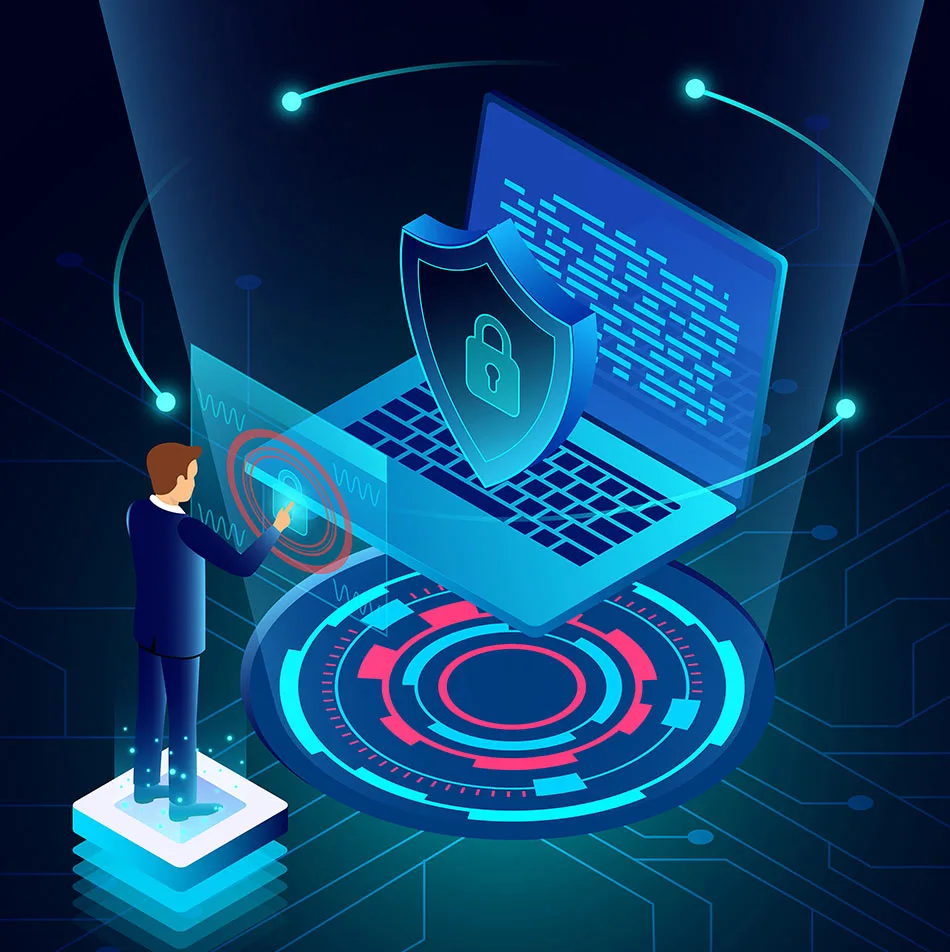

5. Collaboration and information sharing:
Cybersecurity is a collective effort, and the future of IoT security will depend on collaboration and information sharing between organizations, security researchers, and government agencies. By sharing threat intelligence and best practices, we can better identify and mitigate security risks in IoT devices and networks.
FAQ
1. What is the significance of IoT security?
The Internet of Things (IoT) refers to the network of connected devices that can communicate and share data over the internet. IoT security is crucial to protect these devices from cybersecurity threats and vulnerabilities, ensuring the secure operation of IoT devices and preventing data breaches.
2. How can one secure IoT devices effectively?
Securing IoT devices involves implementing best practices such as authentication, network security, and secure password management to reduce the attack surface and vulnerabilities that could be exploited by malicious actors.
3. What are the common security risks associated with IoT?
Some security risks include cyber attacks, data breaches, and IoT security threats that target connected devices deployed in the IoT ecosystem.
4. What is IoT Security and Why is it Important?
IoT Security, short for iot security, refers to the practice of securing internet of things devices to protect them from security risks and vulnerabilities. It is crucial because many iot devices are connected to the internet, making them susceptible to cyber attacks and data breaches.
5. What are the Best Practices for Securing IoT Devices?
Some best practices for securing IoT devices include implementing strong authentication mechanisms, ensuring network security protocols are in place, regularly updating security measures, and using unique and complex passwords to prevent malicious attacks.
6. How Can IoT Security Risks Be Mitigated?
To mitigate iot security risks, it is essential to have a robust security posture that includes securing iot devices and addressing the challenges of iot security. This may involve understanding the security requirements of iot devices and the network, deploying iot devices securely, and staying informed about iot security issues.
7. What are the Common Security Challenges of IoT?
The challenges of IoT security include the iot ecosystem complexity, vulnerabilities to iot security due to the various channels that iot devices rely on, and the increasing number of iot security threats targeting personal data and sensitive information.











